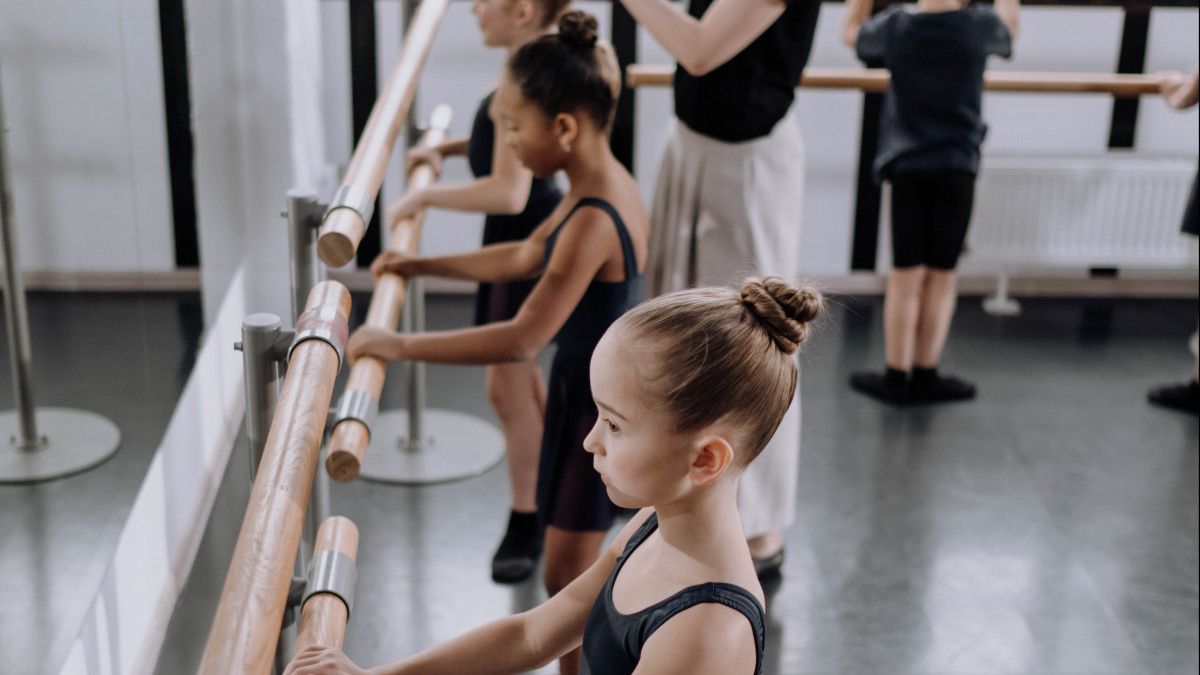No Pain. No Gain? But Not All Pain is Safe to Push Through.

Many dedicated adolescent dancers are in the dance studio for multiple hours per week. They are artistic athletes and push their bodies and minds to the limit. Pain and physical discomfort becomes a norm at times as they progress in their training. Unfortunately many dancers just try to ignore or push through the pain. The “No pain. No gain” saying is not something I agree with, particularly for bodies that are still growing.
In young dancers, growth plates have not fused yet which makes their bodies more pliable and susceptible to certain injuries if they are pushing themselves too far in their training. For some, that muscle soreness the next day after a really hard class or workout is a reminder of all the hard work they put in and it can feel validating. However, pain in young dancers isn’t always just muscle soreness. It’s not always safe to push through pain. So how can you tell if the pain you are having is muscle soreness, growing pains, or an injury?
Muscle Soreness: This occurs when a muscle has tiny tears in it from being worked really hard during physical activity. This is a normal phenomenon and is how the muscle gets stronger. Characteristics:
Tender, achy, fatigued, sometimes burns a little
Affects an area or groups of muscles instead of one specific spot
Goes away after a few days
Growing Pains: This occurs because muscles do not grow as quickly as bones do during puberty. Once the bones have grown, the muscles and tendons have some catching up to do and this is why they are sore.
Characteristics:
Typically occurs at the thighs, knees, calves, or heels
Usually worse later in the afternoon, into the evening, and at night
Typically occurs in children ages 11-16 years old
Typically occurs on both sides at the same time
Injury: This occurs when tissues are pushed past their limits. There are numerous tissues that can be involved with injuries: muscle, tendon, ligament, bones, nerves, blood vessels, joint capsules, fascia, etc. Injuries to each of these structures presents differently with regards to the type of pain you feel.
Characteristics:
Pain can be sharp, dull, deep, burning, numbness or tingling
Pain doesn’t go away in a few days
Pain doesn’t get better with rest
Pain is triggered by certain positions or movements
Weakness in the injured area
Swelling, redness, warmth, bruising
Which types of pain are okay to push through? That is dependent person to person. In general, muscle soreness is safe to work through, but it's best to not push a muscle to failure when it is already sore. Dancers should be mindful of growing pains. If growing pains hurt enough to limit their movement, then do not push through it. Those tendons and muscles need some time to catch up. When it comes to injuries, it is safe to have some discomfort or mild pain when doing rehabilitation exercises. However, it's not safe to push through moderate or severe pain when a dancer is injured. The purpose of pain is to tell our brain that something isn't right and might be in danger. It's best to listen to it.
So when should you seek help? If you’re experiencing growing pains that limit your ability to partake in your normal physical activities, it is time to consult with a medical professional who can provide guidance on specific stretches, exercises, and manual techniques to assist in reducing pain. If you have an injury, it is definitely time to seek out help from a medical professional, particularly a physical therapist. This will get you on the right track to recovery.
I have read and agree to the terms & conditions. We will not spam you.
 Dr. Chelsea Moehlenbrock
Dr. Chelsea Moehlenbrock 